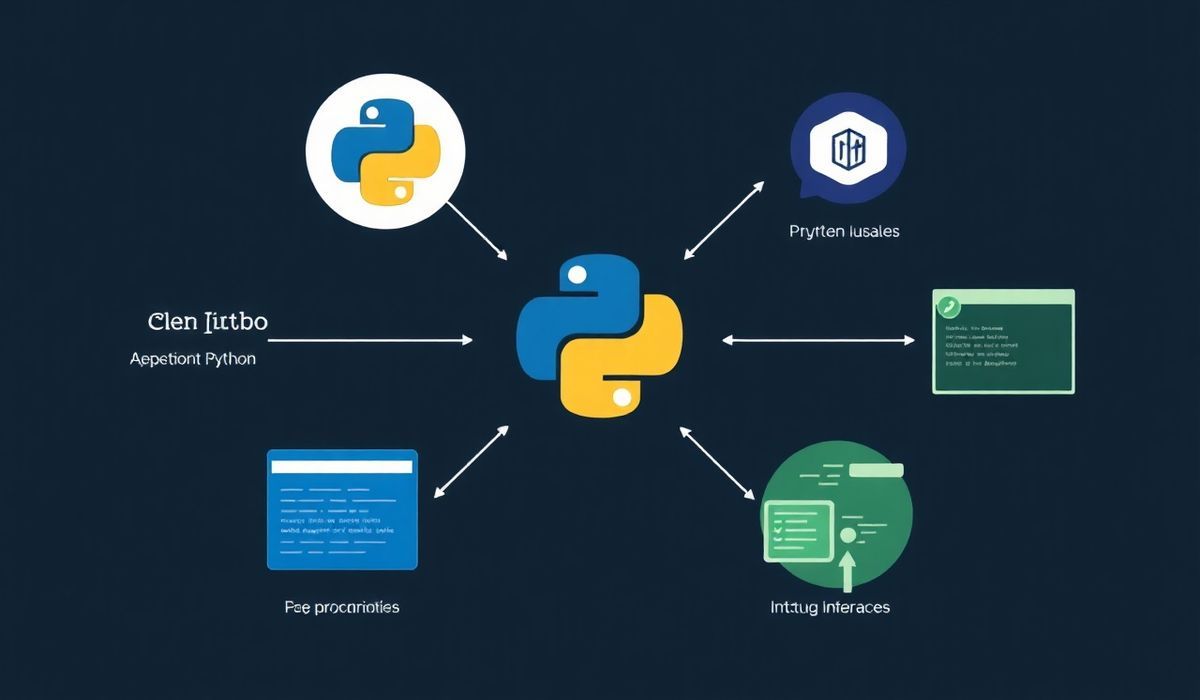Understanding html-webpack-plugin: Your Go-To Tool for Webpack HTML File Management
The html-webpack-plugin is a powerful plugin for the Webpack module bundler that simplifies the creation of HTML files to serve your bundles. It offers several useful APIs for developers looking to enhance their web applications. In this blog post, we will explore these APIs with practical examples and demonstrate how to implement them in a sample app.
Installation
npm install --save-dev html-webpack-pluginBasic Usage
Create a basic HTML file with the plugin:
const HtmlWebpackPlugin = require('html-webpack-plugin');
module.exports = {
entry: './src/index.js',
plugins: [
new HtmlWebpackPlugin({
title: 'My App',
template: 'src/index.html'
})
]
};Options
Here are some common options that you can use:
title: The title to use for the generated HTML document.template: The path to the template file.filename: The name of the HTML file to output.inject: Inject all assets into the giventemplateortemplateContent.
Using title and template
new HtmlWebpackPlugin({
title: 'Custom Title',
template: './src/custom_template.html'
})Using filename
new HtmlWebpackPlugin({
filename: 'custom_filename.html',
template: './src/template.html'
})Using inject
new HtmlWebpackPlugin({
inject: 'body',
template: './src/template.html'
})Advanced Features
html-webpack-plugin also provides advanced features like minification and plugin hooks:
Minification
new HtmlWebpackPlugin({
minify: {
collapseWhitespace: true,
removeComments: true,
removeRedundantAttributes: true,
useShortDoctype: true
}
})Plugin Hooks
You can tap into the lifecycle hooks for even more control:
new HtmlWebpackPlugin({
templateParameters: (compilation, assets, assetTags, options) => {
// Custom template processing
return {
title: 'My Custom Title'
};
}
})Comprehensive Example
Now, let’s create a sample application using some of the discussed APIs.
const path = require('path');
const HtmlWebpackPlugin = require('html-webpack-plugin');
module.exports = {
entry: './src/index.js',
output: {
filename: 'bundle.js',
path: path.resolve(__dirname, 'dist')
},
plugins: [
new HtmlWebpackPlugin({
title: 'My Web Application',
template: 'src/template.html',
filename: 'index.html',
inject: 'body',
minify: {
collapseWhitespace: true,
removeComments: true
}
})
],
module: {
rules: [
{
test: /\.css$/,
use: ['style-loader', 'css-loader']
}
]
}
};This configuration will generate an HTML file named index.html with the title ‘My Web Application’ and include all bundled assets.
Conclusion
The html-webpack-plugin is an essential tool for managing HTML files in Webpack projects. By understanding and utilizing its various options and hooks, you can greatly enhance your web development workflow.
Hash: 934d963b32b7a50de282353d17ff2a576fdac9e9ec536d83220283cea9d29d2e




